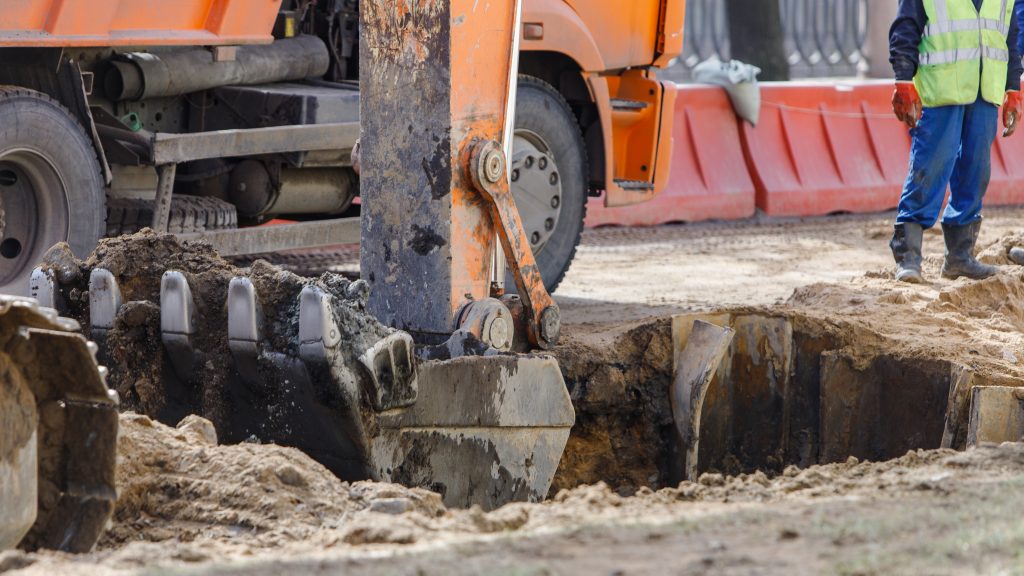In today’s fast-paced construction industry, heavy machinery such as forklifts, cranes, and trenchers play pivotal roles. These machines enhance efficiency in warehouses, construction sites, and manufacturing plants by facilitating the movement and management of heavy materials. However, the power and utility of such machinery come with significant risks, mainly when operated by individuals lacking proper certification and training. This article delves into the crucial need for operator certification, underpinned by the regulatory guidelines of the Occupational Safety and Health Administration (OSHA). It illustrates through actual incidents the dire consequences of non-compliance.






